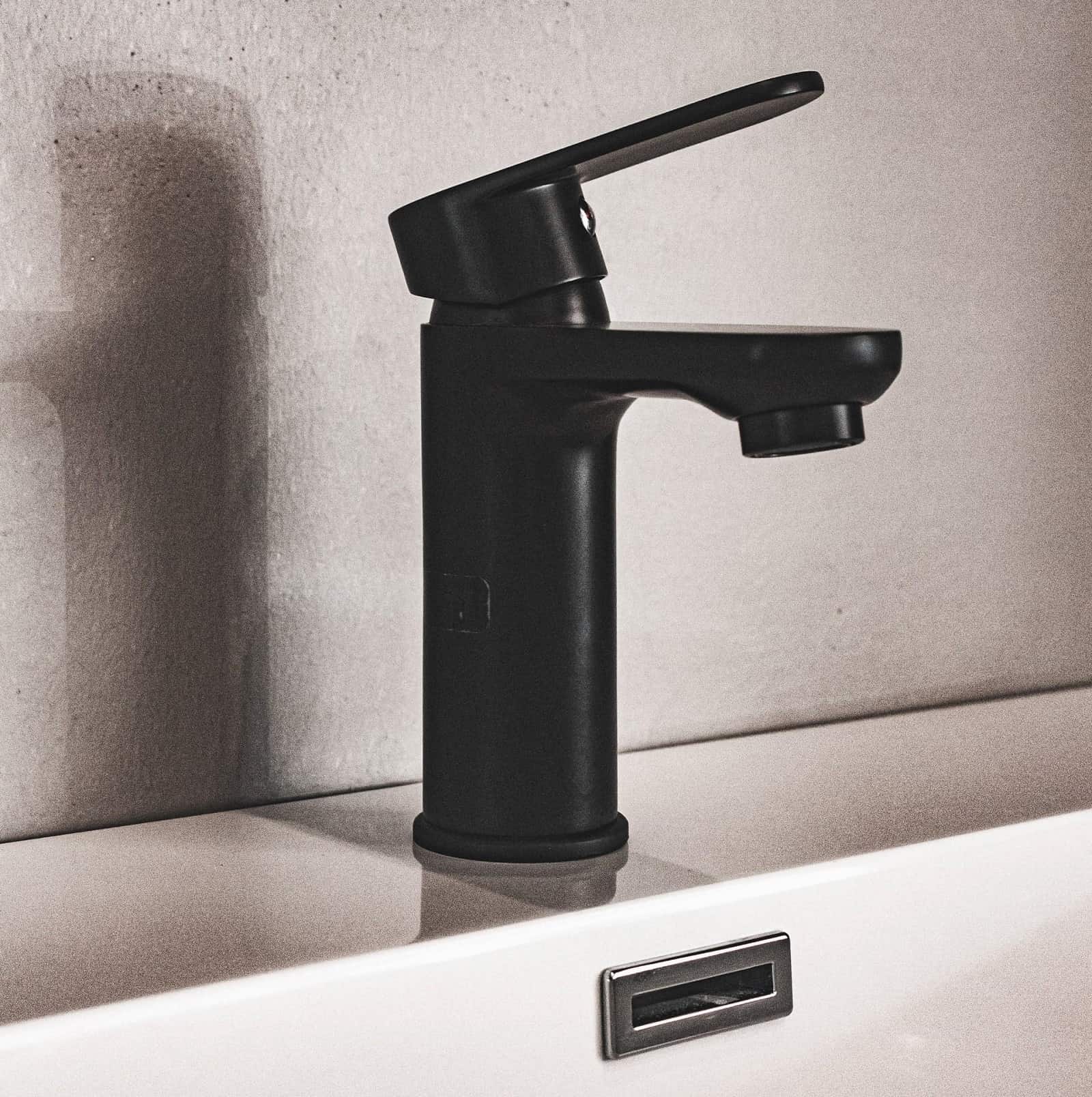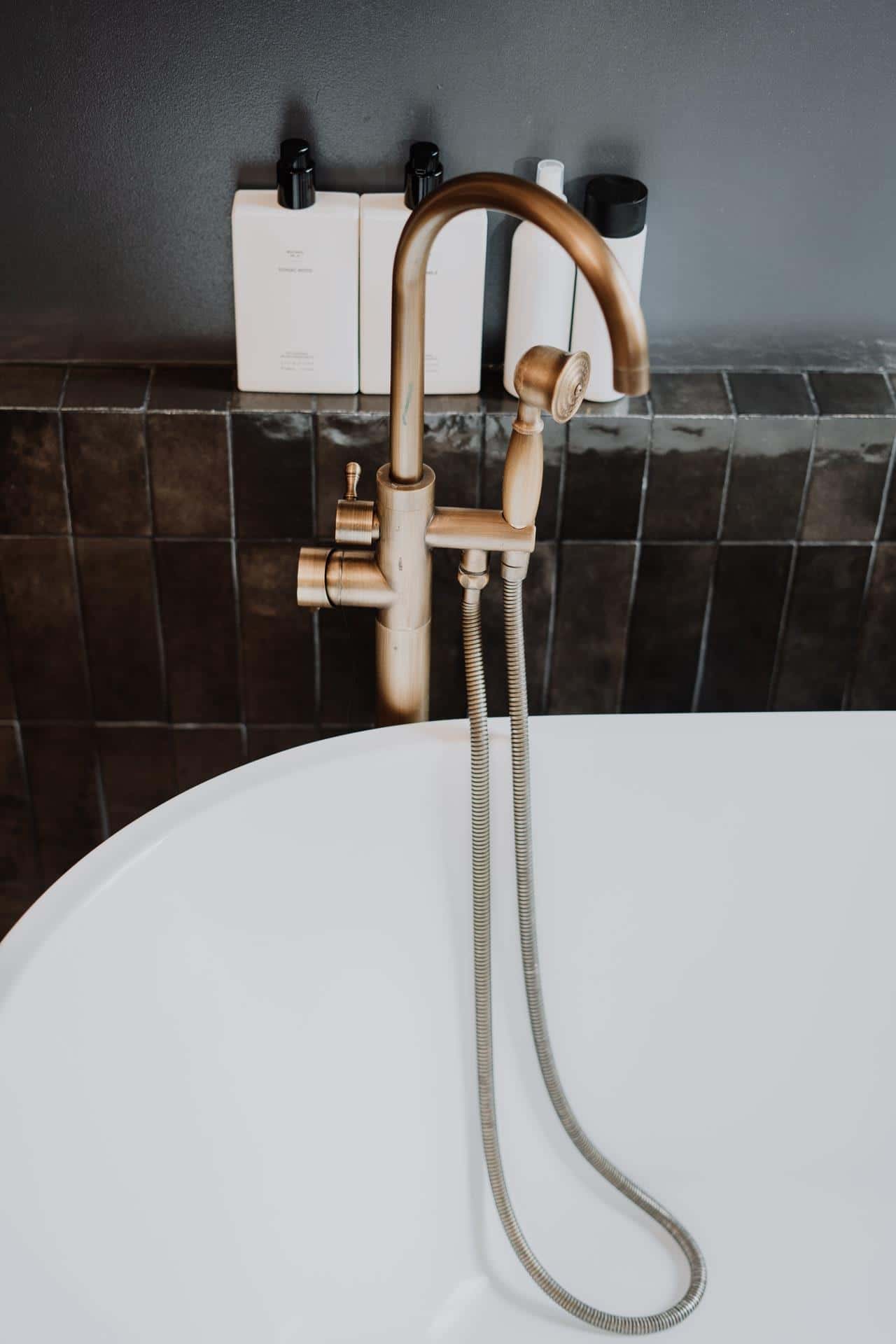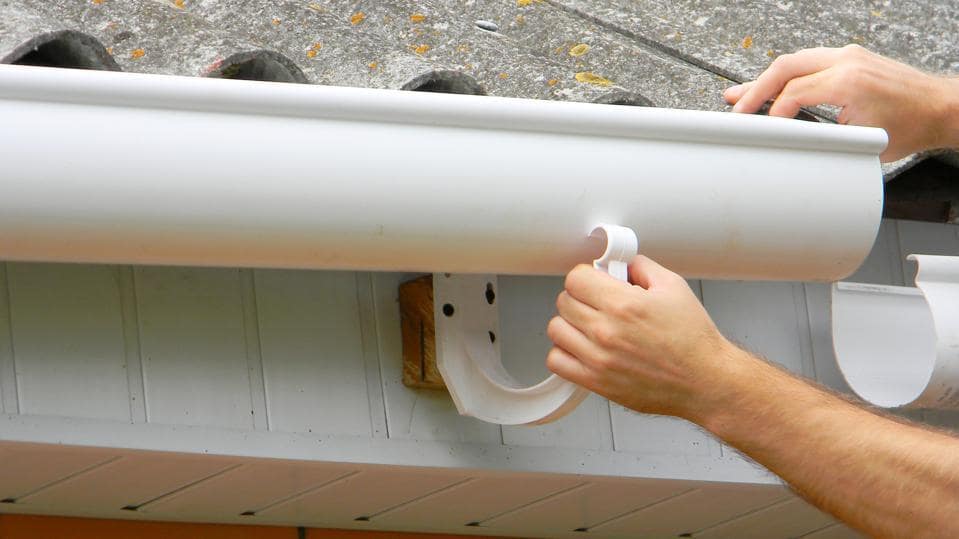With so many different models, finishes, and materials to choose from, selecting the perfect faucet for your home can be challenging.
Whether you’re remodeling your home or simply renovating your bathroom, faucets are a long-lasting investment. So, you don’t want to end up with something that doesn’t work for you.
Knowing which finish and materials to look for can help you find your perfect faucet.
Types of Faucet Materials
While faucets are available in various materials, the most frequent are brass, stainless steel, zinc, its alloys, and plastic.
While the material does not determine how the faucet looks, it does influence how it functions.
It’s critical to thoroughly examine the specifics of the faucets you’re considering to determine what they’re constructed of.
Stainless Steel Faucets
One of the most flexible materials and finishes for a faucet is stainless steel.
It might have a basic, practical aspect or a clean, contemporary finish.
These faucets are constructed of corrosion-resistant 304 stainless steel (iron, chromium, and nickel alloy) or 316 stainless steel (iron, chromium, nickel, and molybdenum alloy).
They’re also more durable than brass faucets, making them more challenging to produce and more costly.
As a result, stainless steel finishes are much more common than genuine stainless steel faucets.
Plastic Faucets
Plastic, often found in the cheapest faucets, may be a troublesome material.
While most polymers used in faucets are corrosion-resistant and long-lasting, they cannot compare to zinc alloy, much alone brass or stainless steel.
On the other hand, Plastics have the advantage of being completely lead-free.
Of course, plastics and the chemicals used to make them have their own set of drawbacks.
Why Is Plastic A Problem?
Our drinking water contains dissolved minerals. Magnesium sulfate, calcium sulfate, and calcareous iron are examples of these.
The mineral deposits can be detected in the water that comes out of your bathroom faucet or shower faucet. These deposits are often called limestone or metal deposits and can cause internal components in your bathroom fixtures to deteriorate over time.
Solid brass or stainless steel fixtures will survive abuse for years before failing; however, polymers will not.
Brass Faucets
Brass faucets are usually H59 or H62 copper and are the most preferred core faucet material.
A brass/copper combination is a suitable material choice since it does not rust when exposed to soft water for an extended time or calcify when exposed to hard water for an extended period.
It is also resilient and slightly microbiological (because of the copper).
The Problem With A Brass Faucet
The biggest issue with a brass faucet is the presence of lead. Lead is added to the faucets to make the material more flexible during the production process. A certified “lead-free” brass tap may contain up to .25 percent lead, which is much lower than the pre-2014 threshold of 8%.
Zinc Faucets
The least expensive faucet is made of zinc alloy. This material was used to replace expensive brass to ensure long-term durability.
Faucet Finishes
The finish of a faucet, like a faucet itself, is a design feature.
There are numerous options — polished nickel, polished chrome, polished brass finish, satin bronze, and metal finishes, to mention a few — and many of them are available in bright and dark colors, polished, satin, brushed, a matte finish.
The right finish on your bathroom faucet can also preserve them. For more durable bathroom fixtures, match these finishes with brass bathroom faucets.
Final Thought
Regardless of which new faucet you choose, consider investing in some that are more costly but will last longer and match your bathroom styles.








